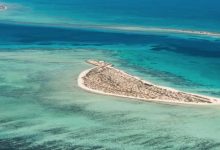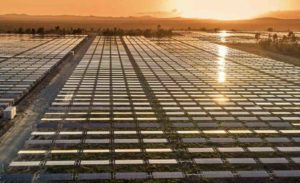Huawei Digital Power announced on Monday that it has signed a contract with a Chinese construction and engineering company to provide a 400MW solar PV and 1,300MWh battery energy storage system for the Red Sea Project on the west coast of Saudi Arabia.
It will be one of the largest energy storage installations in the world, and be part of a massive tourism project being built by a consortium led by Saudi Arabian-based renewable energy developer ACWA Power, who was awarded the contract by the Red Sea Development Company in November 2020.
Billed as “the world’s most ambitious luxury tourism development” and set to offer “an exclusive experience of unparalleled diversity for discerning global travellers,” The Red Sea Project “will encourage visitors to explore the wonders and rich cultural heritage of Saudi Arabia’s Red Sea Coast.”
“We have always been committed to pushing the boundaries of what it means to be sustainable, and these efforts will play a significant role in the country’s ambition to become a greener nation,” the Red Sea Project said.
“By powering the destination with 100 percent clean and renewable energy, we will make this vision a reality.”
ACWA Power then signed an EPC contract with SEPCOIII in February 2021, which has now signed up the Chinese construction company SEPCOIII.
At the time ACWA Power was announced as the lead contractor, the Red Sea Project was expected to consist of an initial 210MW of wind and solar capacity and 1,000MWh of battery capacity.
Huawei gave no indication of when the solar and battery storage project would begin construction or operation.
However, construction work was originally designed to be completed during 2022 so as to be able to welcome guests by the end of 2022, when the international airport and first of the four first hotels will be opened. A remaining 12 hotels will be scheduled for completion by the end of the next year.
Upon completion in 2030, The Red Sea Project is expecting to reveal 50 hotels with up to 8,000 rooms, and around 1,300 residential properties across 22 islands and six inland sites.








